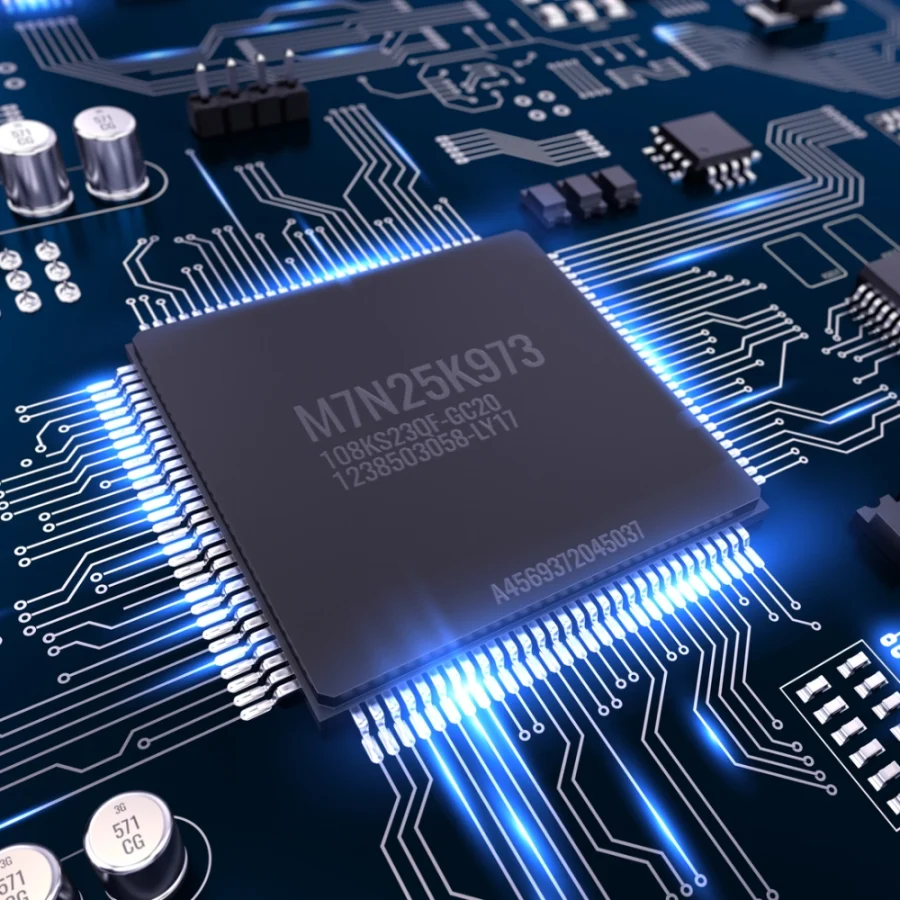We Define Aesthetics in the Digital World and Set Trends in Hardware Design
Creative and Innovative Hardware Designs
Our hardware designs stand out by combining functionality, aesthetics, and performance, offering you unique and impressive user experiences. Produced with high-quality materials and cutting-edge technology, our products blend durability with elegance. Hardware design refers to the process of designing the components of computer systems, electronic devices, or other physical systems. This process includes designing the electronic, electrical, and mechanical components within a device or system.
Hardware design covers a broad spectrum and often requires collaboration among engineering experts from various disciplines. Fields such as electronics, computer engineering, mechatronics, and electrical engineering provide the knowledge and skills used in hardware design. This design process continuously evolves with technological advancements and customer needs.
Hardware design covers a broad spectrum and often requires collaboration among engineering experts from various disciplines. Fields such as electronics, computer engineering, mechatronics, and electrical engineering provide the knowledge and skills used in hardware design. This design process continuously evolves with technological advancements and customer needs.

Our Workflow
Needs Analysis
At the start of the project, the design team identifies customer requirements and project goals. System requirements and performance targets are analyzed, and the functionality, reliability, and other features of the hardware are determined.
Design Planning
Based on the results of the needs analysis, the design team plans the overall structure of the hardware. Hardware modules are defined, functionality is distributed, and component selection is made. Budget, time, and resource management plans are developed for the design.
Hardware Design
The design of electronic circuits is completed. Component selection, schematic design, and PCB (Printed Circuit Board) layout are carried out. Attention is given to factors such as power consumption, signal integrity, and EMC (Electromagnetic Compatibility).
Prototype Production and Testing
A prototype of the designed hardware is produced. The prototype undergoes thorough testing to assess its performance and identify any potential issues. Feedback is gathered, and necessary revisions are made to the design.
Production and Integration
Once the hardware design is approved, mass production begins. Components are assembled, integrated, and tested. Quality control and reliability tests are conducted throughout the production process.
Distribution and Support
The produced hardware is distributed to customers. Training is provided, and user manuals are supplied. Maintenance and support services are offered throughout the hardware’s lifecycle.